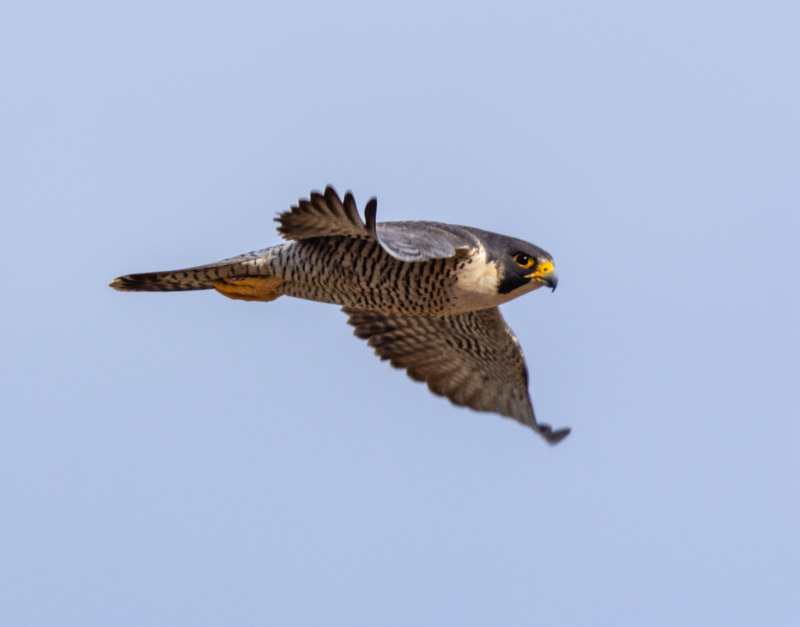By Dan Weisz
Recently, I assisted the wildlife rescue group Wild At Heart with a Burrowing Owl project in Marana’s agricultural fields https://wildatheartraptors.org/recovery-programs/ . While there, I saw five different raptors within a short time span. That was the inspiration for today’s email.
I had seen one Peregrine Falcon in my Foothills neighborhood in the weeks prior to heading out to Marana. In the photo below, the bird had finished having breakfast and you can see that the bird’s crop is enlarged. The crop is an enlarged portion of the esophagus that is used to store food prior to digestion. So this Peregrine had stuffed himself and has a doggie bag of leftovers to take home.
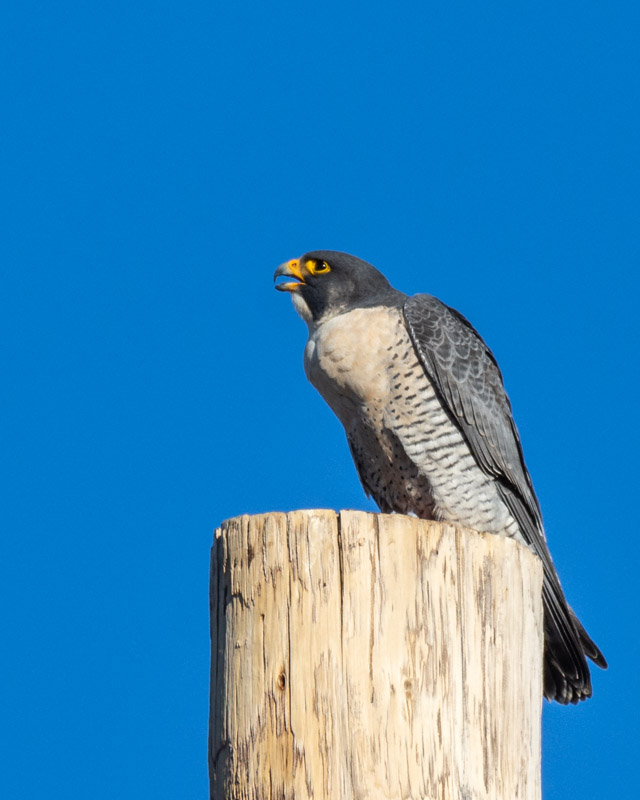
The Peregrine did a lot of vocalizations while I watched before flying off towards the Catalina Mountains.
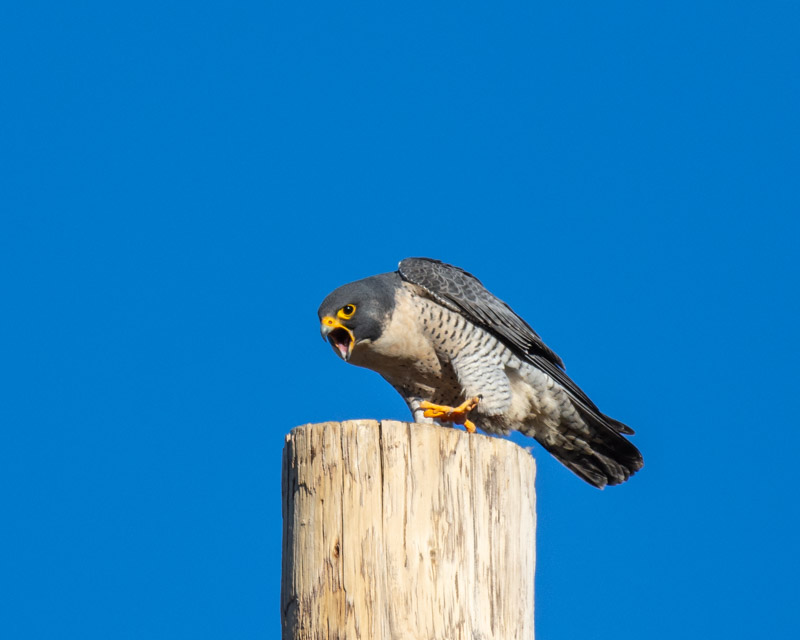
Then just last week I saw what I believe is the same Peregrine on the same telephone pole and, yes, it had just finished breakfast. I tam confident this is the same Peregrine Falcon as before as it has a distinctive black helmet. Some people see the very common Cooper’s Hawk in the Foothills and believe they are seeing a Peregrine Falcon. Cooper’s Hawks have much longer tails and do not have the dark ‘helmet’ of a Peregrine. Cooper’s Hawks are the birds that fly through your backyard chasing birds. Peregrines will not fly through vegetation and crowded areas like Cooper’s will.
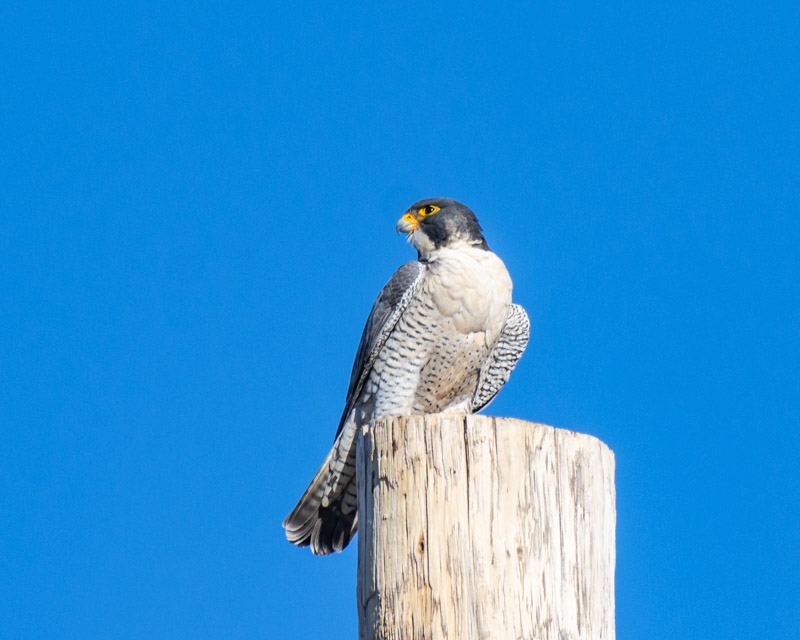
Ready for take-off.
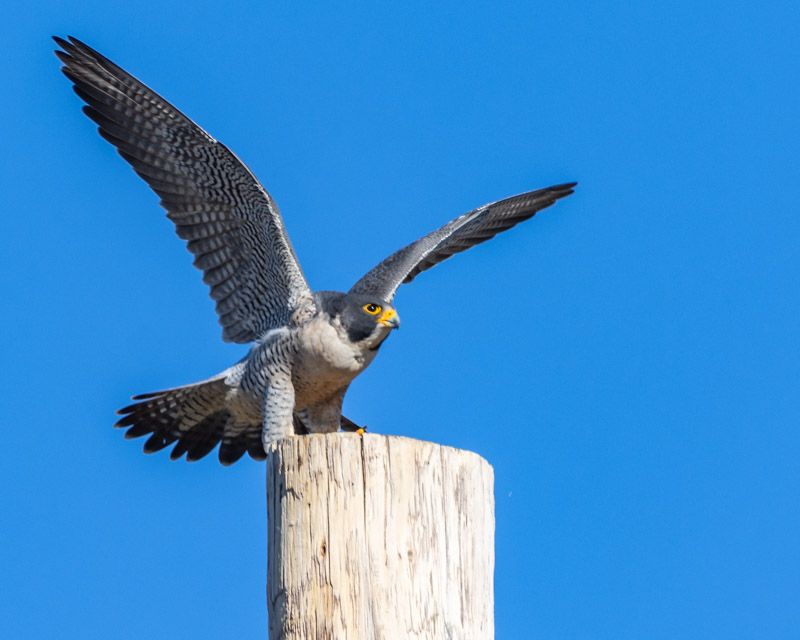
And now on to Marana where a pair of Burrowing Owls behind an irrigation ditch stayed under cover during the short time I observed them.
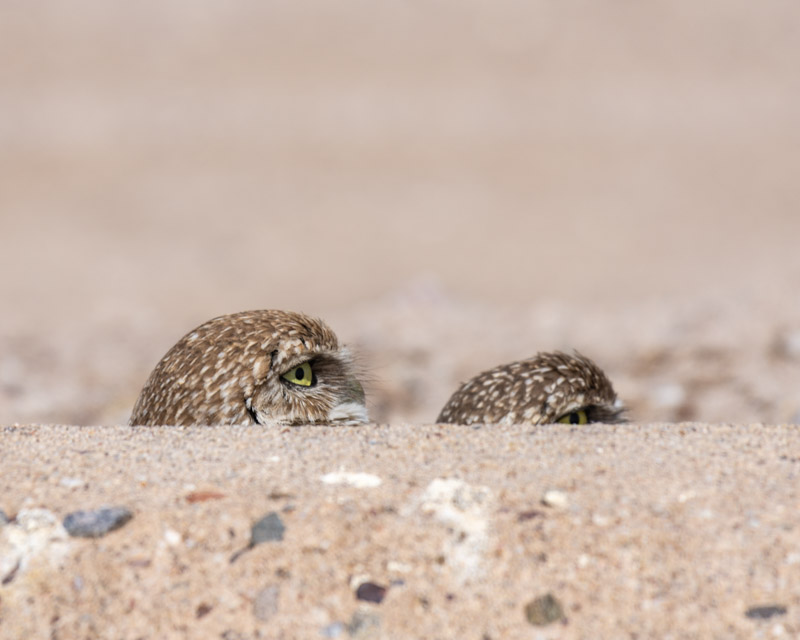
A female American Kestrel was perched on a wire. Kestrels need flat open areas to feed in so are less likely in the Foothills but can be seen in open areas of Oro Valley.
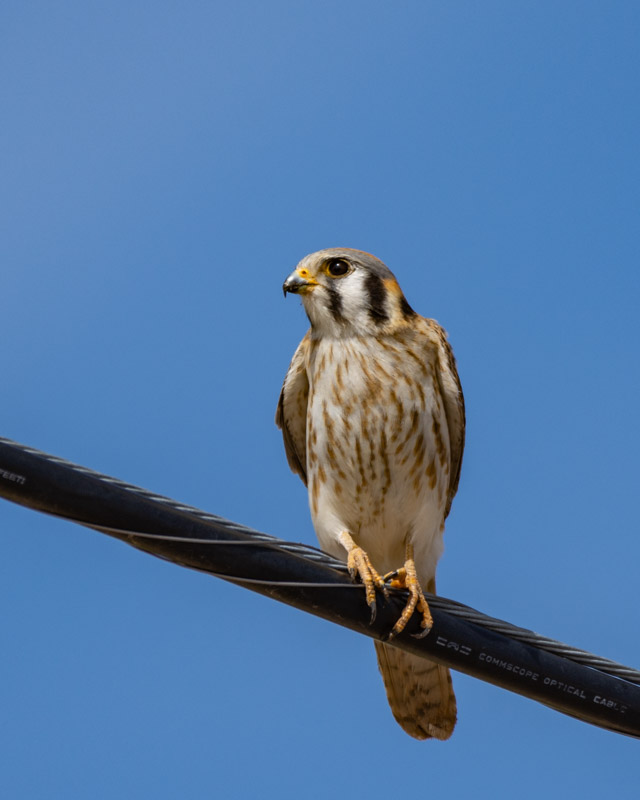
A Red-tailed Hawk soared high overhead. At one point, it had its legs lowered mid-air for some reason. We have Red-tailed Hawks perched on poles and flying above us in the Foothills.
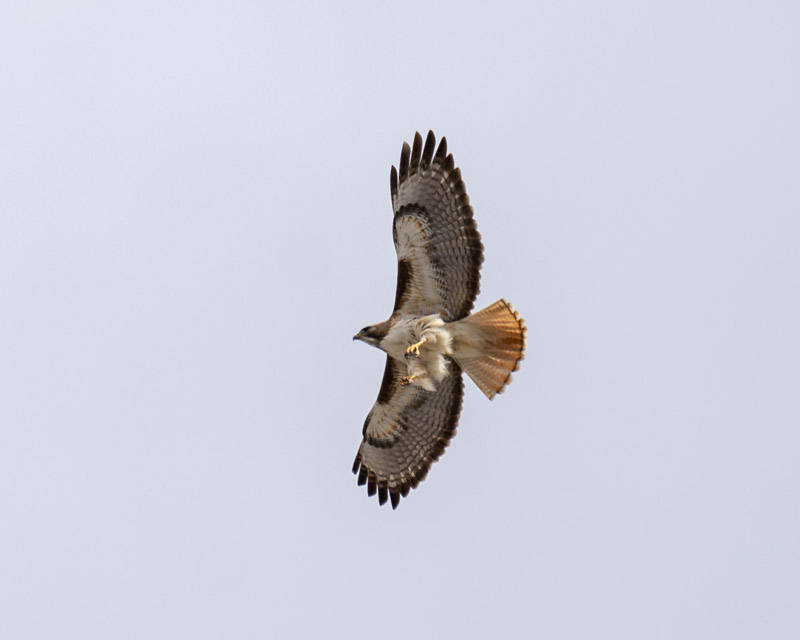
The highlight of the day was seeing a male Northern Harrier hunting over a field. These “Gray Ghosts” are harder to find than female Northern Harriers seem to be. This species winters in Arizona, so that is the time to look for them as they course almost lazily over fields looking for prey.
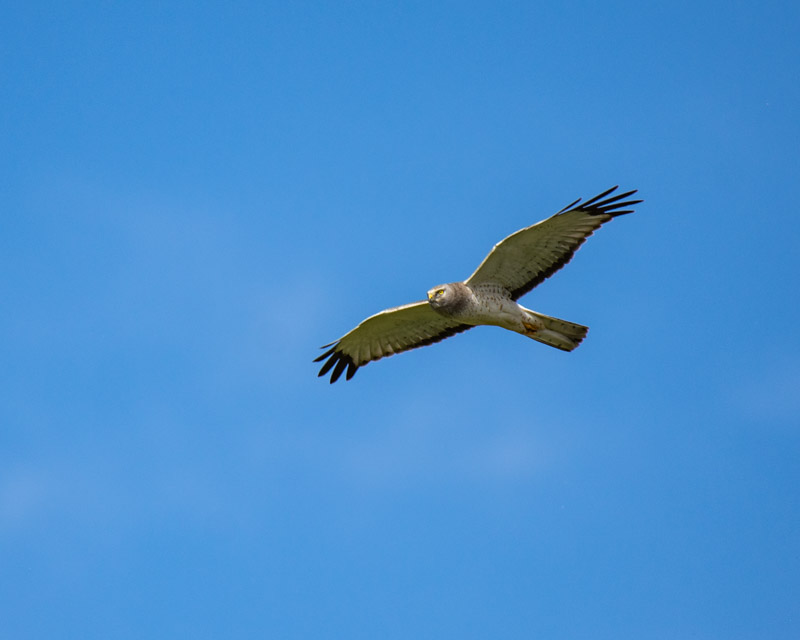
Northern Harriers need wide open fields to hunt in.
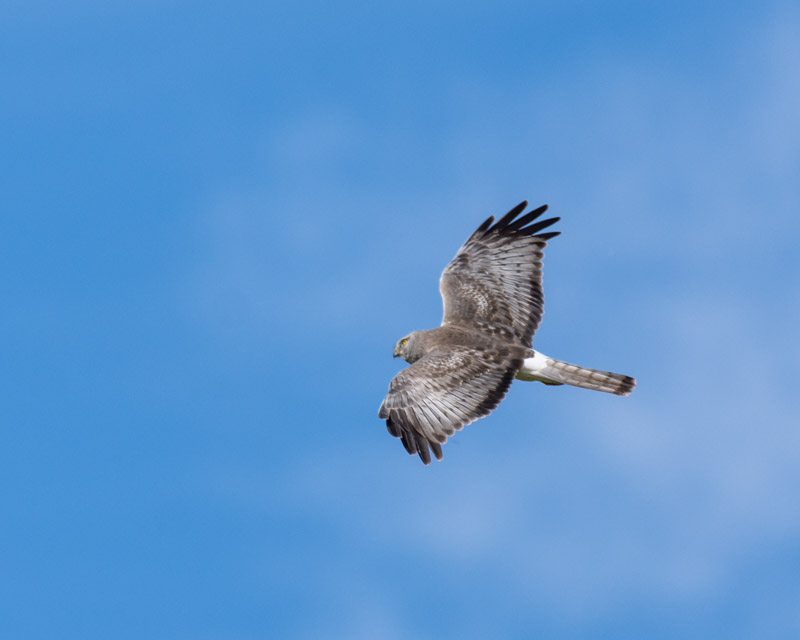
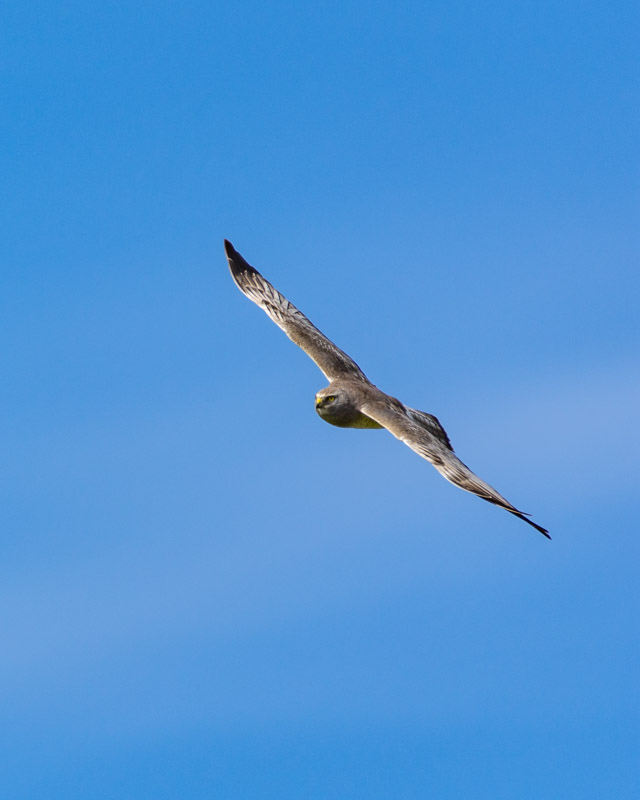
The morning in Marana ended with a sighting of a Peregrine Falcon. This falcon’s belly is much more darkly barred than the one in my neighborhood.
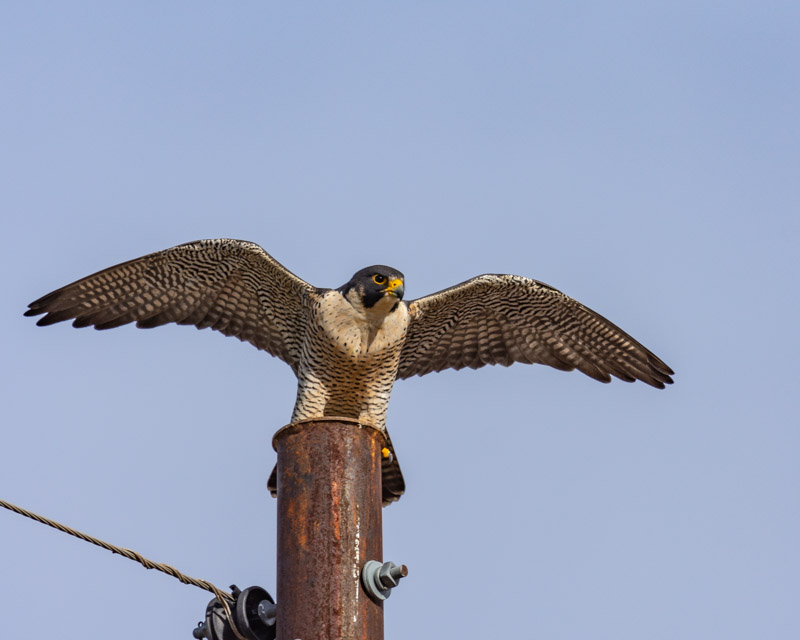
We watched each other as it flew off towards the east.
